Can you imagine waking up to the chatter of a bright green parrot in your living room, or the silent, mysterious gaze of a slow loris perched quietly on your nightstand? The idea of owning exotic pets—animals plucked from the wild, bursting with color and personality—has captured the imaginations of people around the world. But beneath the surface of this fascination lies a dark and urgent truth: the growing demand for wild animals as pets is driving a global poaching crisis. Every day, elephants, turtles, monkeys, and countless other species are snatched from their natural homes, their populations dwindling in the name of novelty. The story of the exotic pet trade is not just about quirky companions; it’s a tale of survival, greed, and the complicated bond between humans and the wild.
From Rainforests to Living Rooms: The Journey of an Exotic Pet
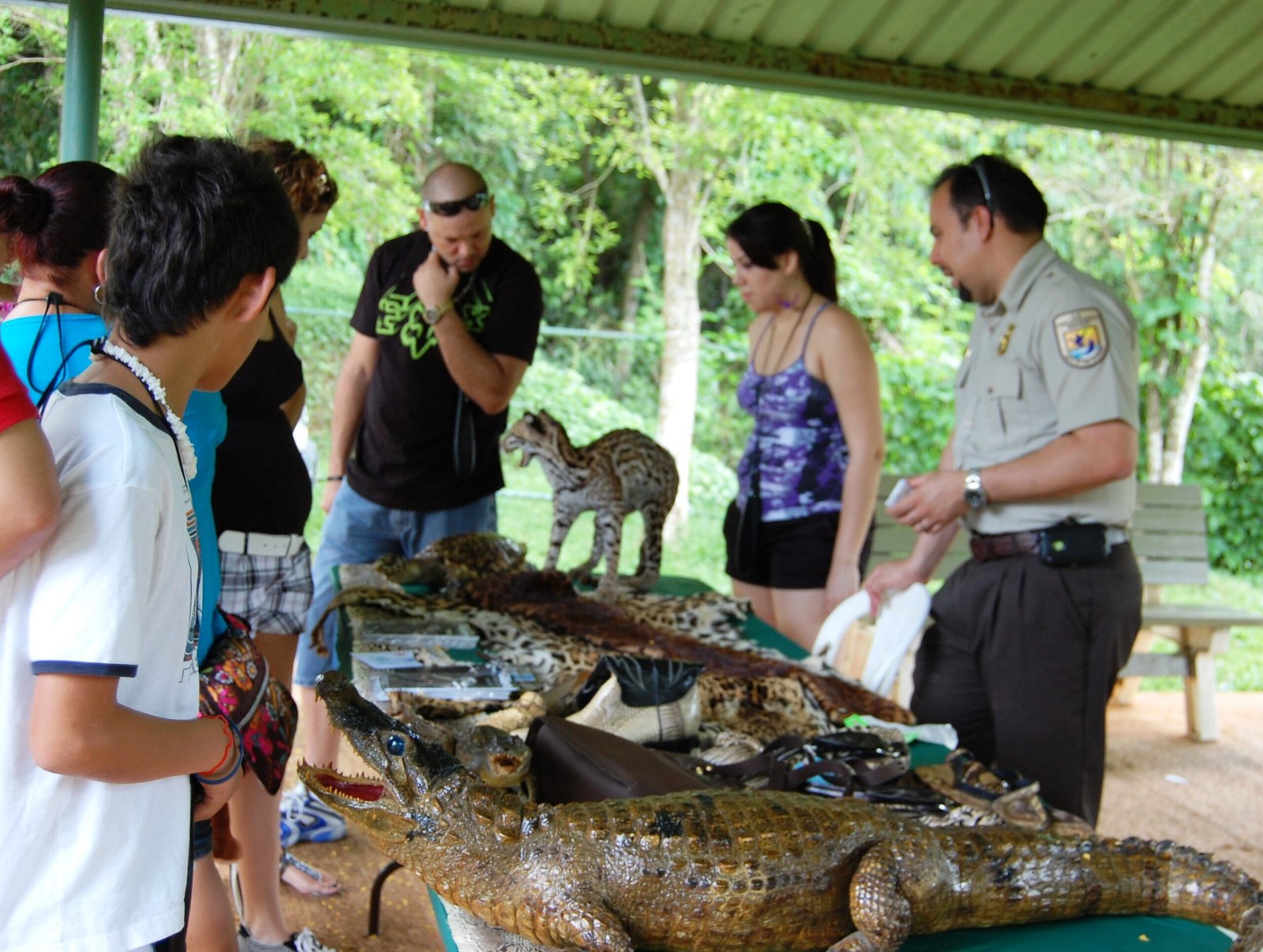
The path that takes a wild animal from its forest home to someone’s living room is long, risky, and often brutal. Trappers move silently through dense jungles, setting snares and using bait to capture animals by the thousands. Many creatures never survive this first step; injuries, stress, and dehydration claim countless lives before they even leave the wild. Those that do make it are stuffed into crates—sometimes hidden under piles of fruit or clothing—to avoid detection at borders. Each journey is a test of endurance, and for every exotic pet that arrives alive, several others have died along the way. The toll on wildlife populations is staggering, with some species being pushed to the brink of extinction.
The Allure of the Unusual: Why Exotic Pets Fascinate Us
Humans have always been drawn to the strange and beautiful. Exotic pets, with their vibrant colors, unique behaviors, and mysterious origins, appeal to our sense of wonder and status. For some, owning a rare animal is a symbol of wealth or sophistication. Others are captivated by the idea of a wild creature as a companion, believing it brings them closer to nature. Social media has amplified this fascination, with viral videos of playful otters or dancing parrots sparking sudden surges in demand. But these desires often ignore the suffering and danger that lurk behind the exotic pet trade.
Species in Peril: The Most Targeted Animals
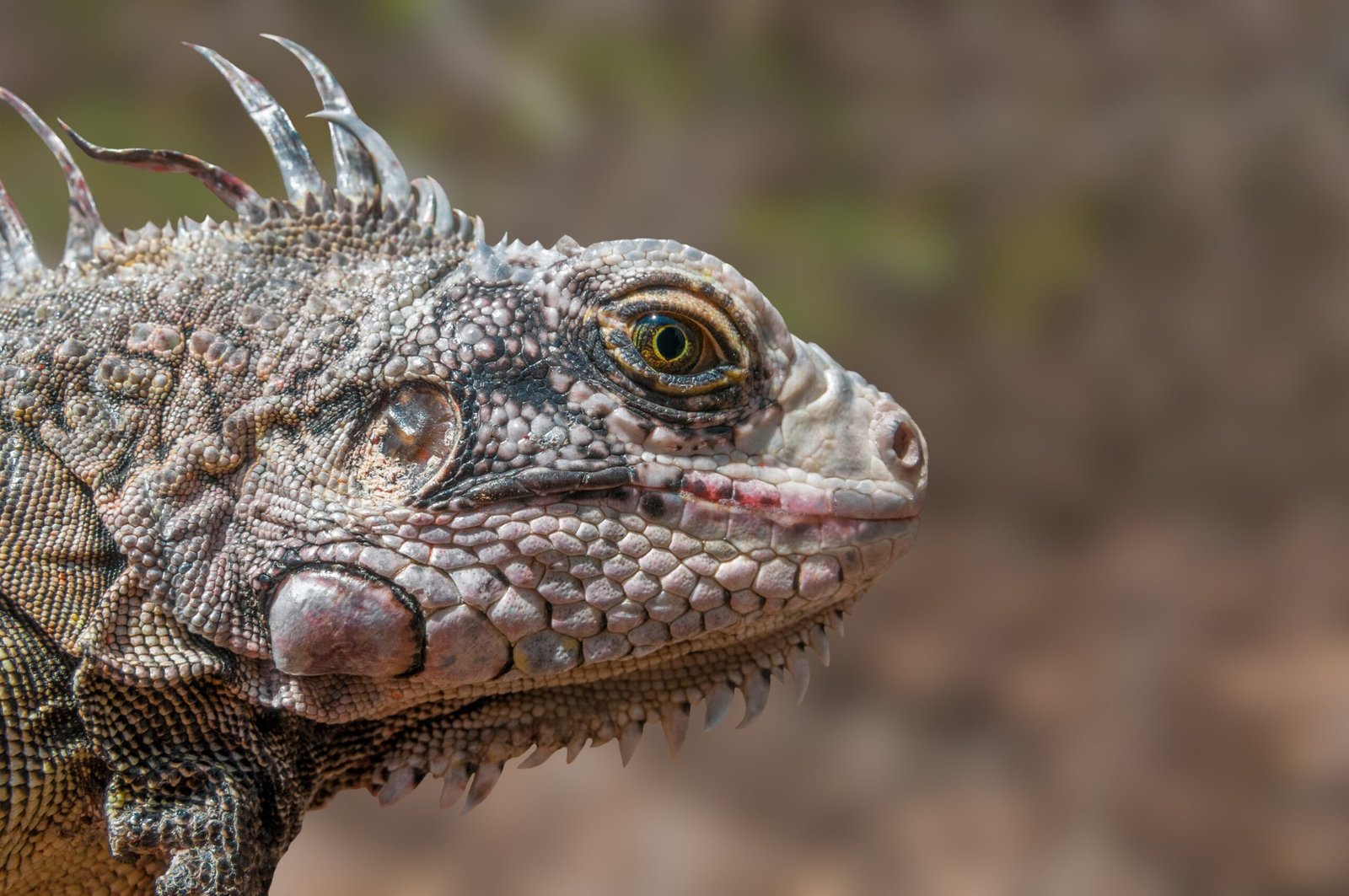
Certain animals are especially vulnerable to the exotic pet trade. Parrots, with their dazzling plumage and ability to mimic speech, are snatched from tropical forests in staggering numbers. Reptiles like tortoises and snakes are popular for their unique appearances and low-maintenance reputations. Small mammals—such as slow lorises, sugar gliders, and even baby monkeys—are frequently poached for their “cuteness.” The illegal trade has even reached rarer species like pangolins, which are prized not only as pets but also for their scales and meat. Each animal taken is a blow to the wild populations struggling to survive.
Global Hotspots: Where Poaching Runs Rampant

There are regions of the world where the exotic pet trade is particularly intense. Southeast Asia’s lush forests, for example, are home to many rare bird and primate species that are highly sought after. South America’s rainforests supply much of the world’s parrot trade, while Africa’s savannas are targeted for reptiles and big cats. Weak law enforcement, poverty, and corruption often make it easy for poachers and traffickers to operate. In these hotspots, the exotic pet trade isn’t just a crime—it’s a daily reality that threatens entire ecosystems.
The Role of Organized Crime in Wildlife Trafficking
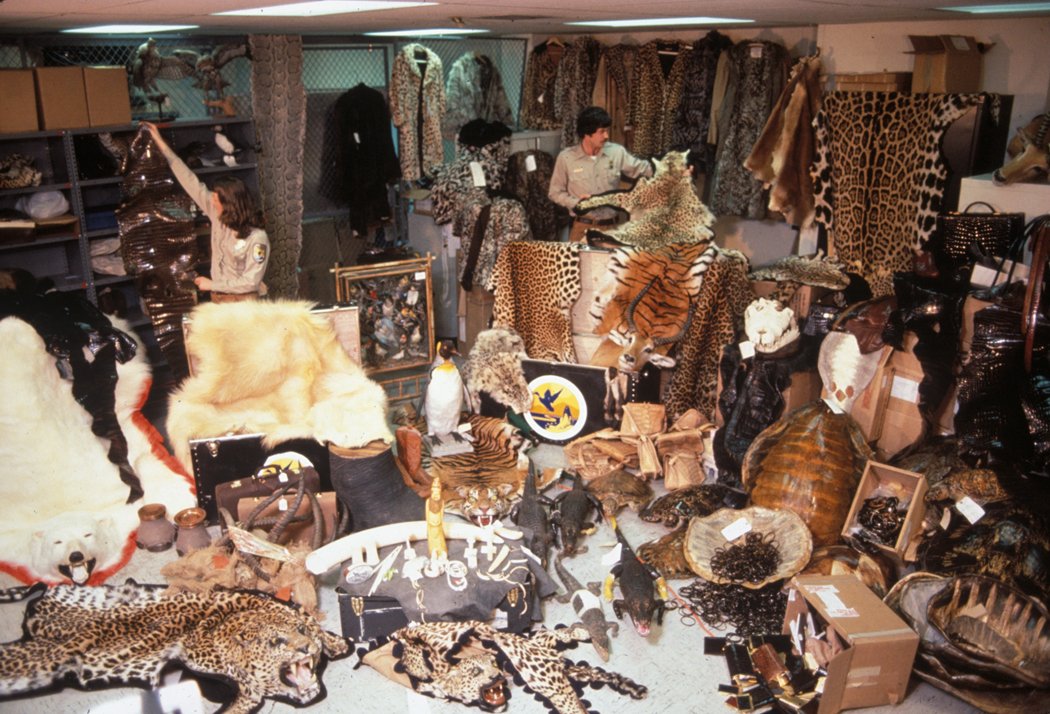
Behind the scenes, the exotic pet trade is big business, often run by sophisticated criminal networks. These organizations have the resources to move animals across borders, forge documents, and bribe officials. Wildlife trafficking has become one of the world’s most lucrative illegal trades, rivaling drugs and weapons in profits. The involvement of organized crime means that stopping the trade is about more than just protecting animals—it’s also a fight against powerful global networks that exploit people and nature alike.
False Promises: The Myth of Captive Breeding
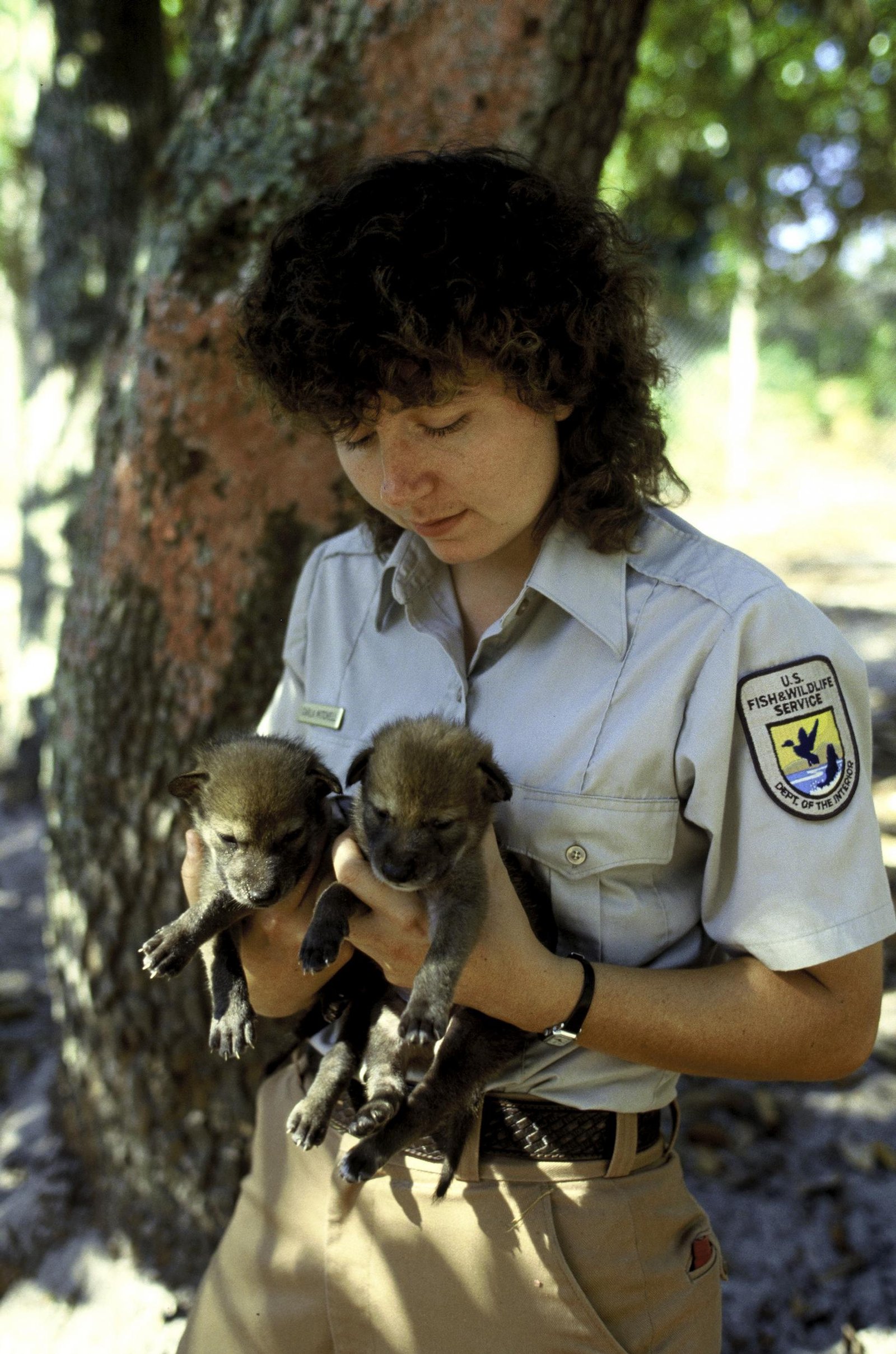
Many exotic pets are sold under the label of “captive-bred,” suggesting they were born in captivity rather than taken from the wild. In reality, this claim is often false or misleading. Unscrupulous dealers may launder wild-caught animals through breeding facilities, making them seem legal. Even when animals are genuinely bred in captivity, the original breeding stock usually comes from the wild. This loophole allows poaching to continue while giving buyers a false sense of ethical comfort.
The Hidden Costs to Animal Welfare
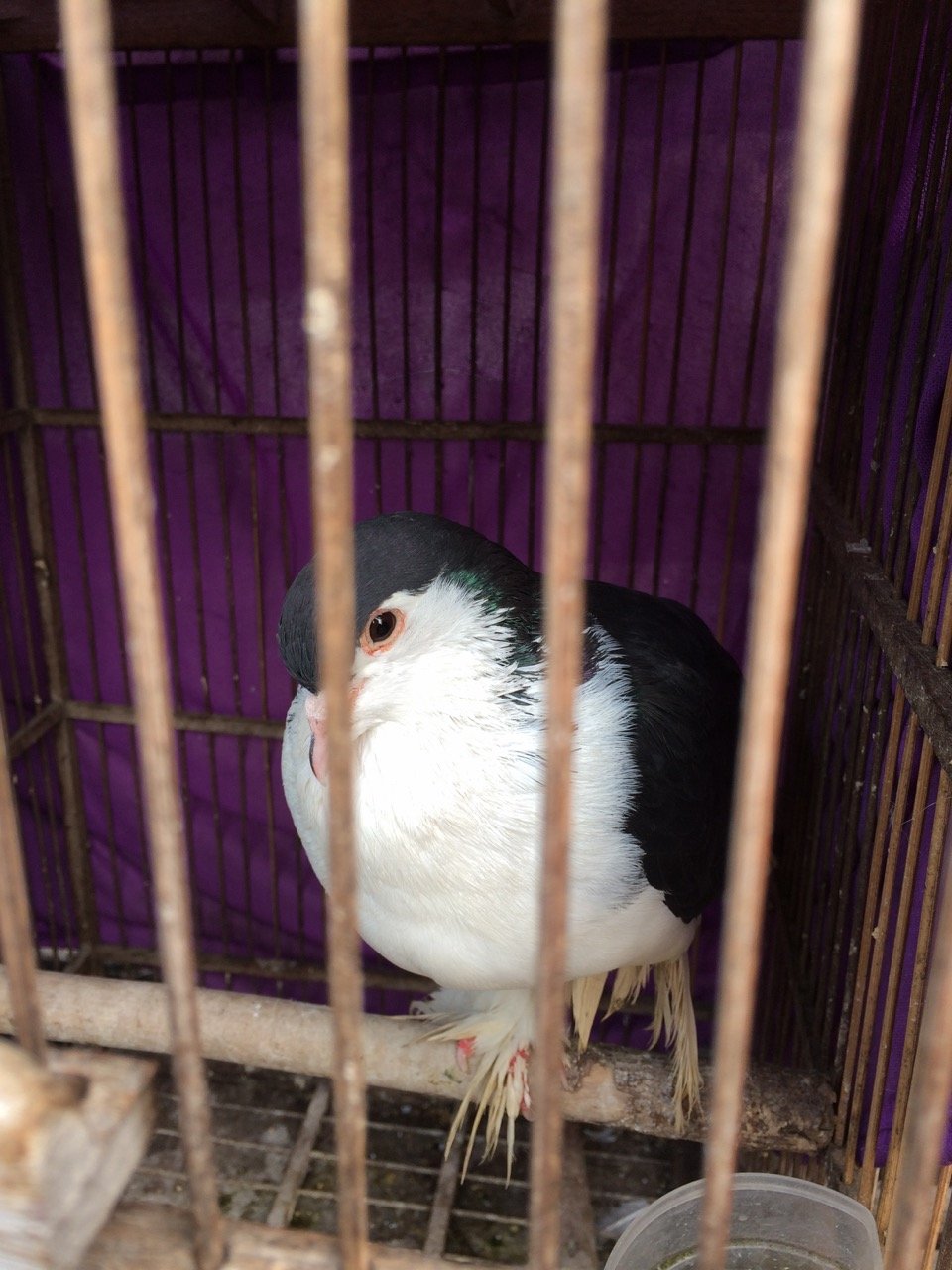
Wild animals are not meant for life in a cage or a terrarium. Many exotic pets suffer from stress, malnutrition, and diseases in captivity. Parrots, used to flying miles each day, become depressed and pluck out their feathers. Snakes and lizards may refuse to eat or develop infections due to improper care. Social animals like primates can become lonely and aggressive. The exotic pet trade rarely accounts for these hidden costs, focusing on profit rather than the well-being of the animals.
Threats to Biodiversity and Ecosystems
When animals are removed from their natural habitats, it’s not just the individuals who suffer. Ecosystems can be thrown out of balance. For example, the loss of seed-dispersing birds can lead to fewer new trees growing in the forest. The disappearance of predators can cause prey species to multiply out of control, damaging crops or spreading disease. Each animal taken by poachers leaves a gap in the intricate web of life, with consequences that ripple far beyond one species.
The Risk of Invasive Species
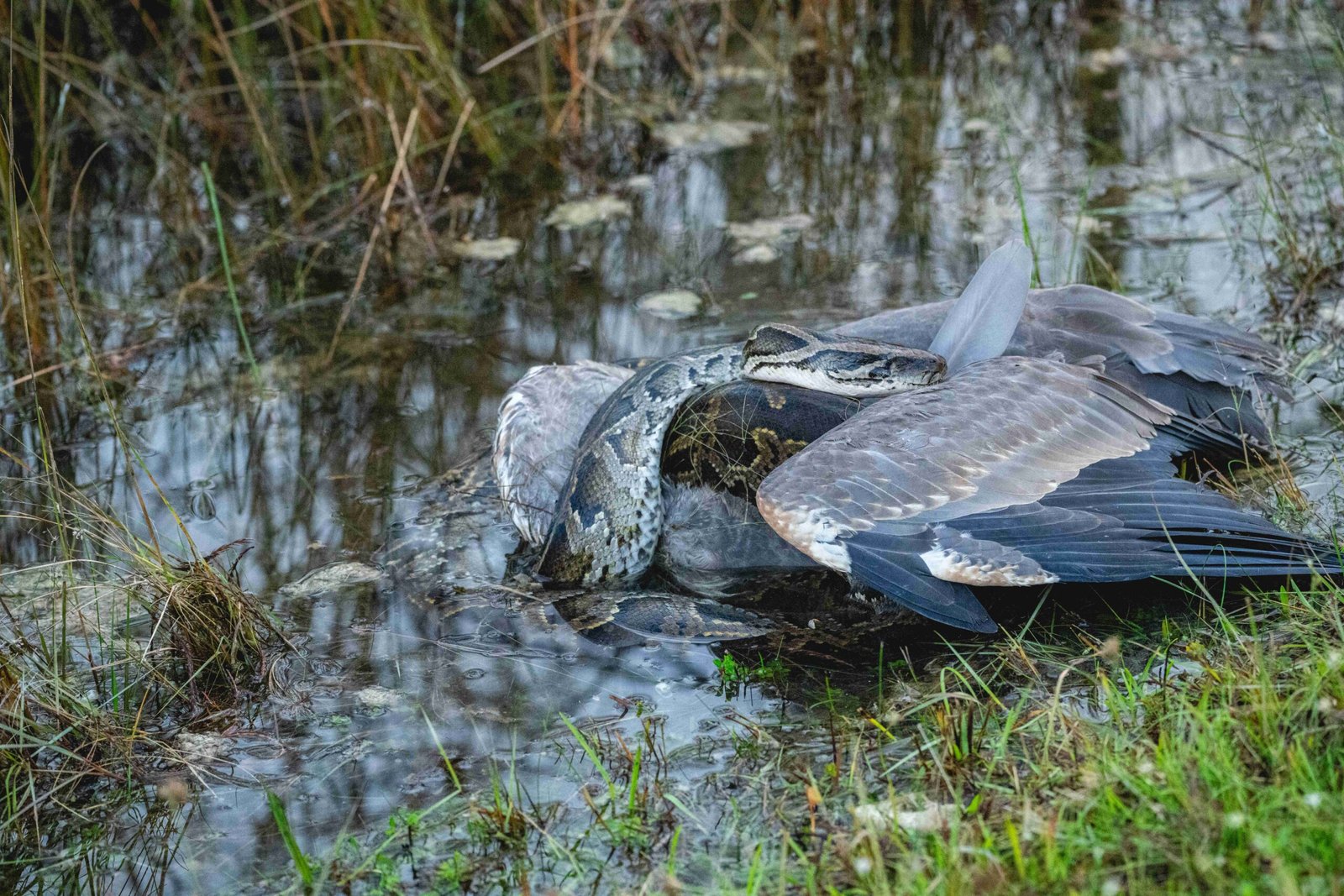
Sometimes, exotic pets that are released or escape into the wild become invasive species. These animals can outcompete native wildlife, spread diseases, or disrupt local food chains. The Burmese python, originally brought to the United States as a pet, now thrives in the Florida Everglades—where it consumes everything from birds to alligators. This unintended invasion highlights another danger of the exotic pet trade: once an animal leaves its home, there’s no telling what impact it will have.
Human Health Hazards: Zoonotic Diseases
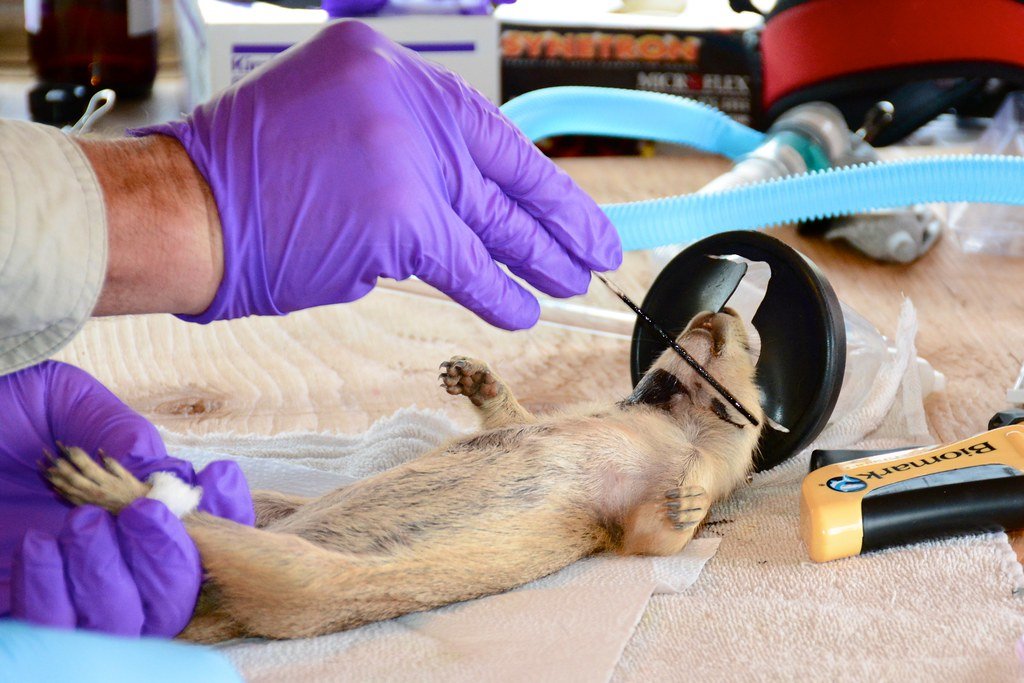
The exotic pet trade isn’t just a threat to wildlife—it also puts human health at risk. Wild animals can carry diseases that jump to people, known as zoonoses. Outbreaks of salmonella, monkeypox, and even the deadly Ebola virus have been linked to the trade and handling of exotic pets. The COVID-19 pandemic has made more people aware of these dangers, but illegal trafficking continues to expose both humans and animals to new risks.
Economic Temptations: Poverty and the Poacher’s Dilemma

For many poachers, entering the exotic pet trade isn’t about greed—it’s about survival. Rural communities living in or near wildlife-rich areas often have few economic opportunities. Poaching offers quick money, sometimes enough to feed a family for weeks. This creates a painful dilemma: protect the animals or provide for one’s children? Without addressing the root causes of poverty, it’s impossible to stop the flow of animals into the trade.
Conservation Efforts: Fighting Back Against Poaching
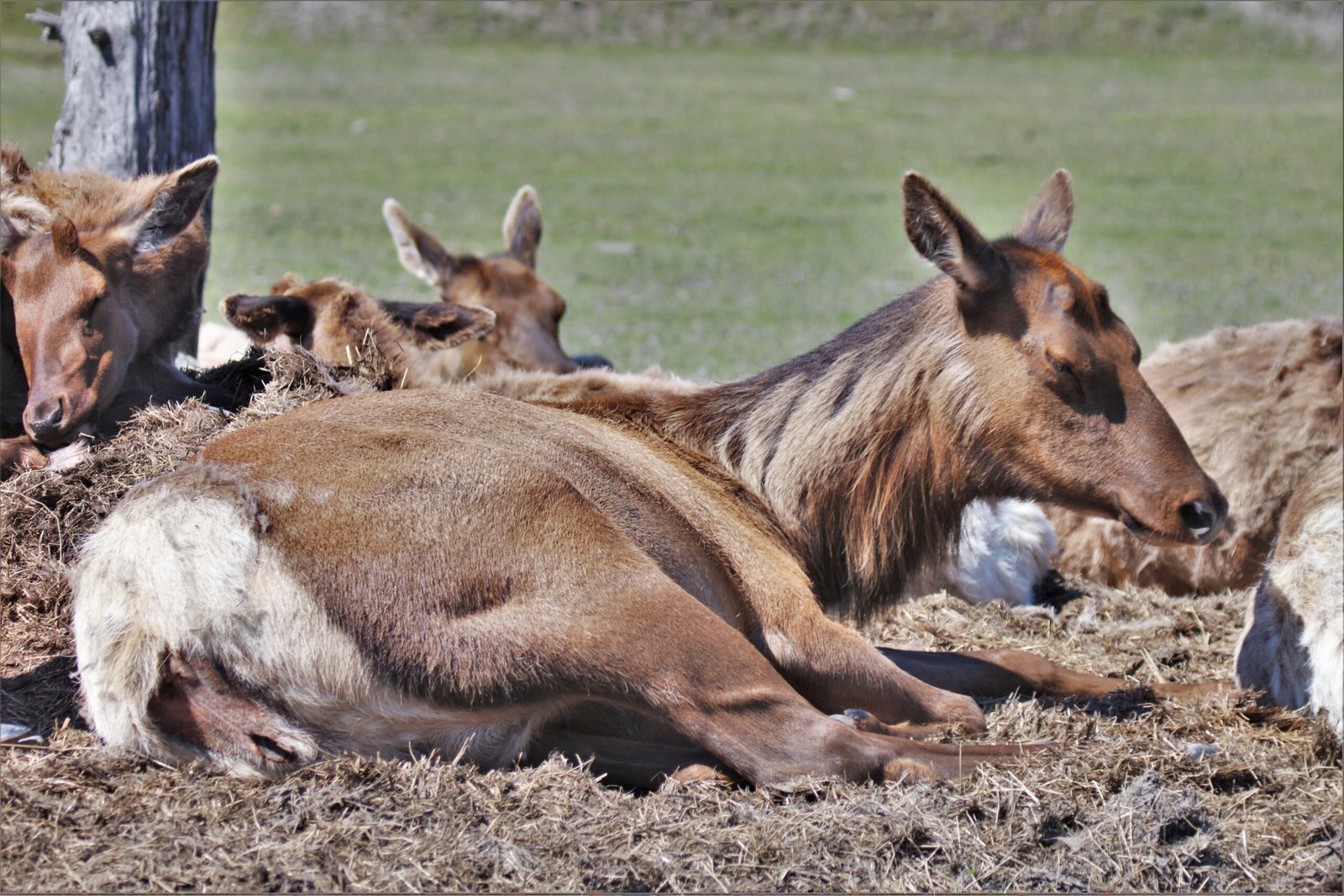
Around the world, passionate conservationists and organizations are fighting to protect wildlife from the exotic pet trade. Rangers risk their lives patrolling forests and arresting poachers. Sanctuaries rescue animals and work to rehabilitate and release them back into the wild. Education programs teach local communities about the value of living animals versus the short-term gains of poaching. While progress is slow, every rescued animal is a small victory for the future.
International Laws and Treaties: Policing the Trade
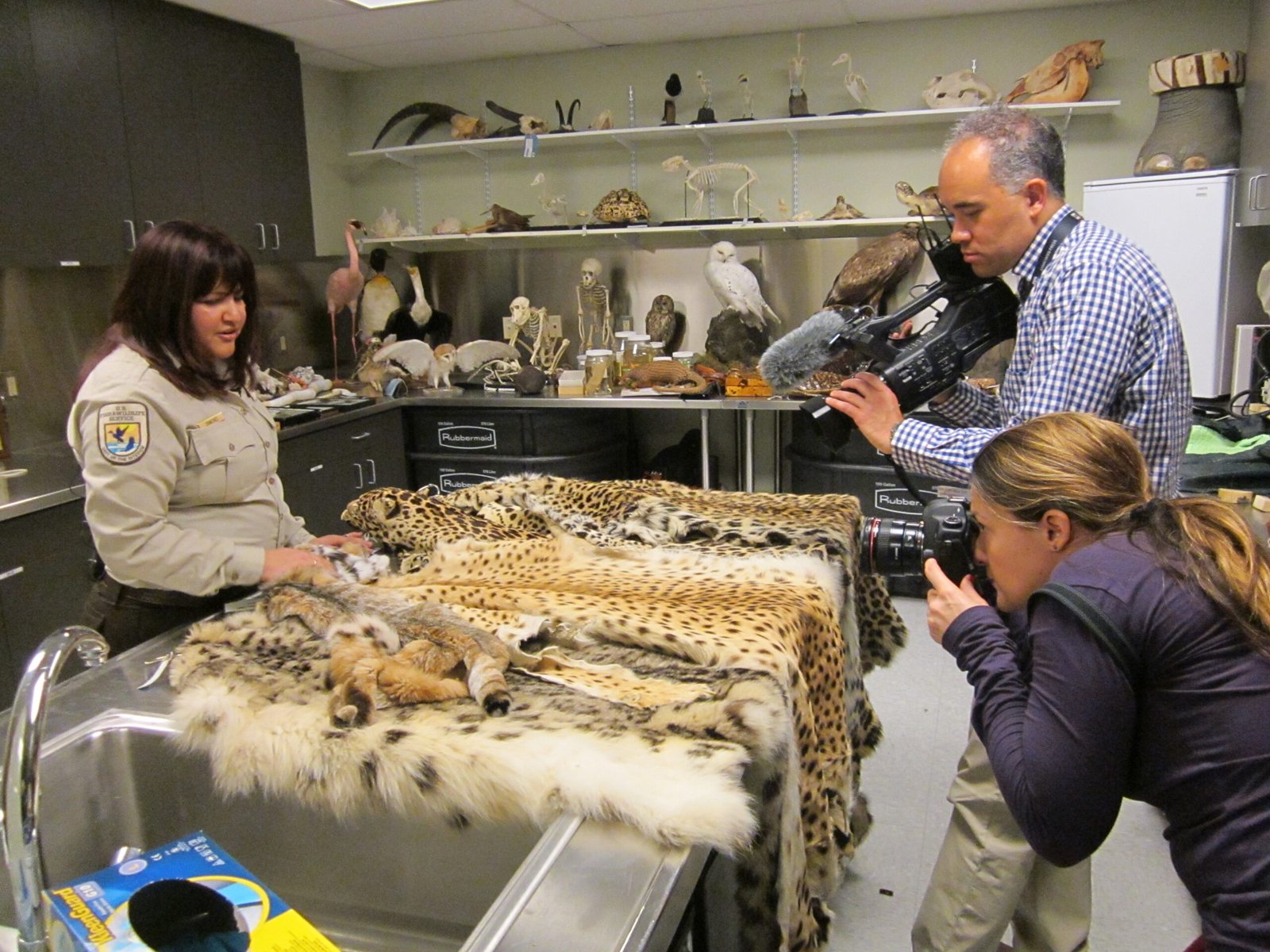
Several international agreements aim to curb the illegal wildlife trade, with the Convention on International Trade in Endangered Species (CITES) being the most notable. CITES regulates the import and export of thousands of animal and plant species, requiring permits and documentation. However, enforcement varies widely from country to country. Smugglers are often one step ahead, using fake paperwork and hidden compartments to move animals across borders.
The Power of Public Awareness
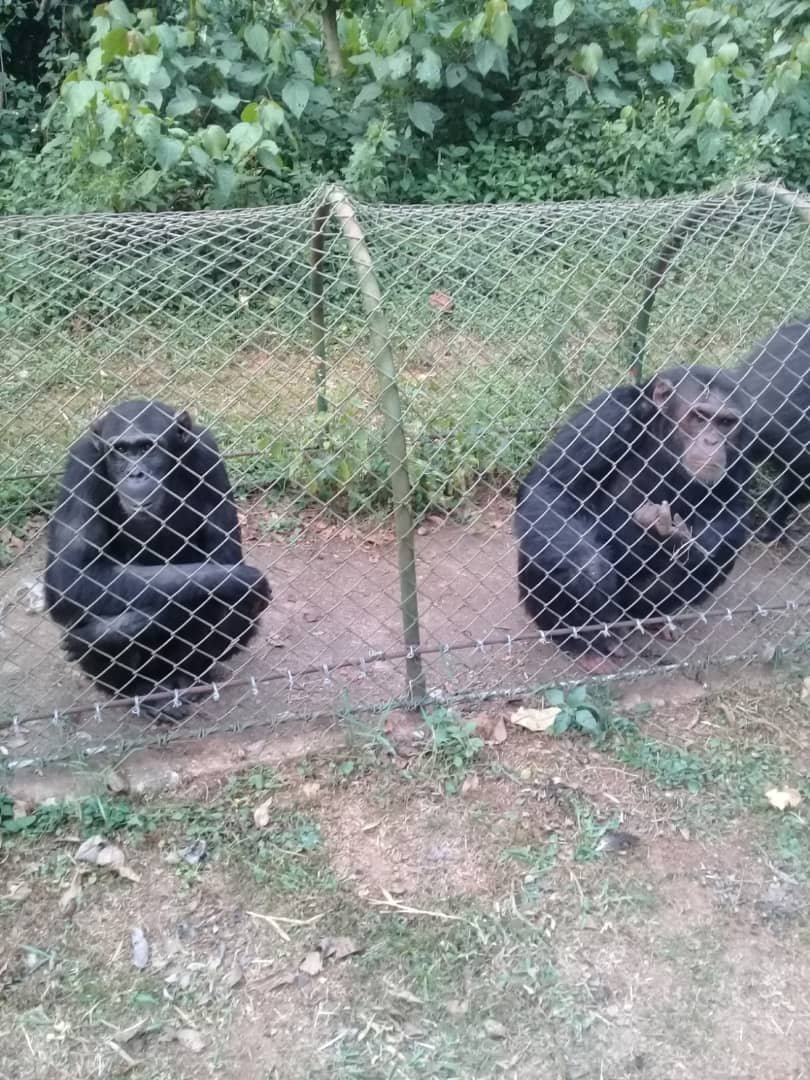
The fight against the exotic pet trade depends on public awareness as much as law enforcement. When people understand the suffering and destruction behind “cute” or “cool” animals, demand can drop dramatically. Campaigns by wildlife organizations have succeeded in changing attitudes, especially among younger generations. Social media influencers and celebrities can use their platforms to discourage the purchase of wild animals, turning the tide against this harmful trend.
Responsible Pet Ownership: What You Can Do
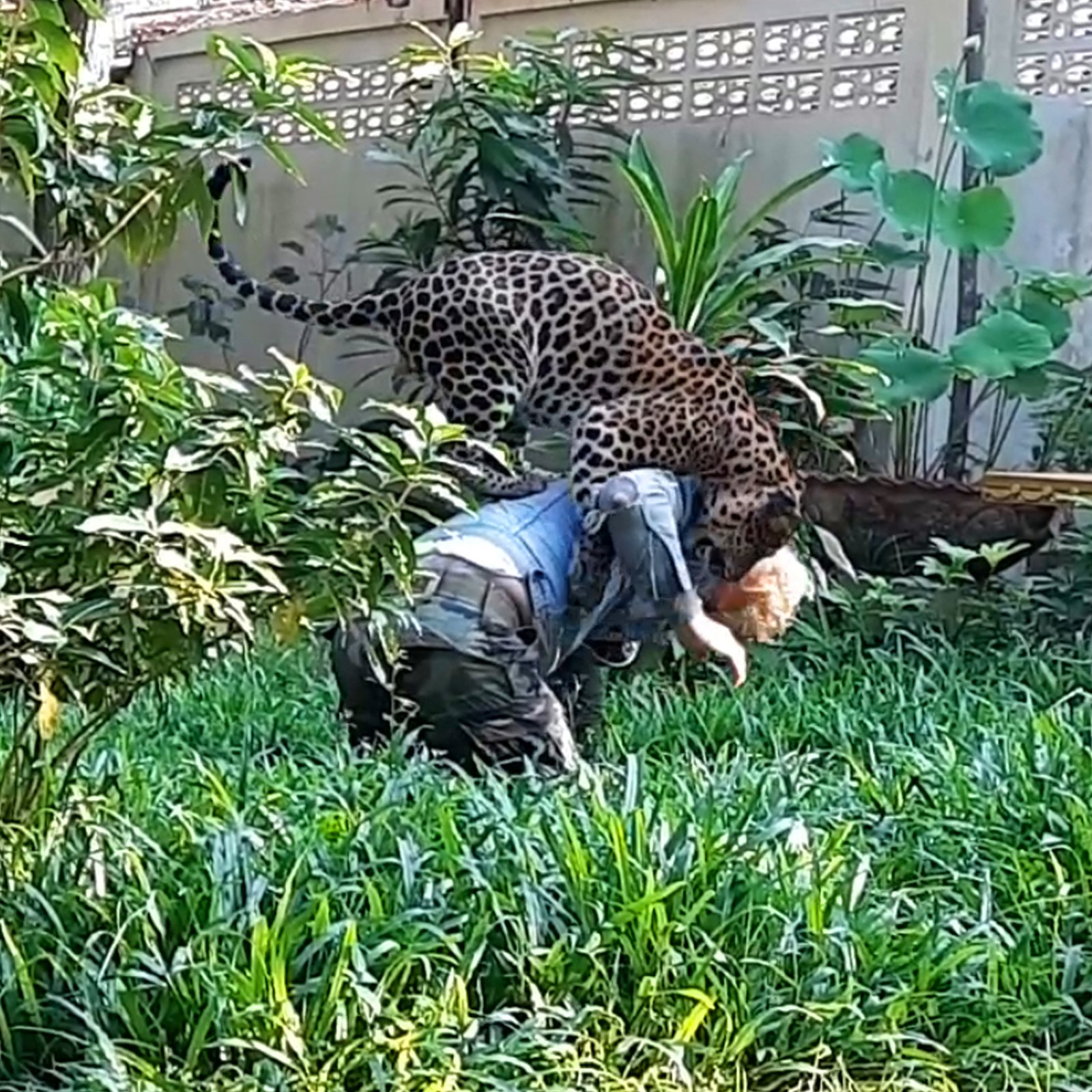
If you’re tempted by the idea of an exotic pet, it’s important to think twice. Many animals that seem suitable for homes are actually unsuited to captivity and may suffer or become aggressive. Consider adopting animals that have been bred responsibly and can thrive in domestic environments, such as dogs or cats. If you already own an exotic pet, make sure you provide proper care and never release it into the wild. Responsible choices can help break the cycle of demand.
Celebrity Influence and Social Media: Double-Edged Swords
Celebrities and viral videos can make or break trends in exotic pet ownership. When a famous actor posts a photo with a tiger cub or a baby monkey, fans rush to imitate them, sometimes without understanding the consequences. However, celebrities can also use their reach to raise awareness about the dangers of the trade. The impact of a single post can sway public opinion, for better or worse, making social media both a risk and an opportunity.
Technological Solutions: Tracking and Tracing Wildlife
Cutting-edge technology is now being used to combat wildlife trafficking. DNA barcoding helps authorities identify species and trace their origins, while GPS trackers allow conservationists to monitor animal movements in real time. Even smartphone apps are being developed to help buyers distinguish between legal and illegal pets. These tools are giving law enforcement and conservationists new weapons in the fight to protect wildlife.
The Psychological Toll on Animals
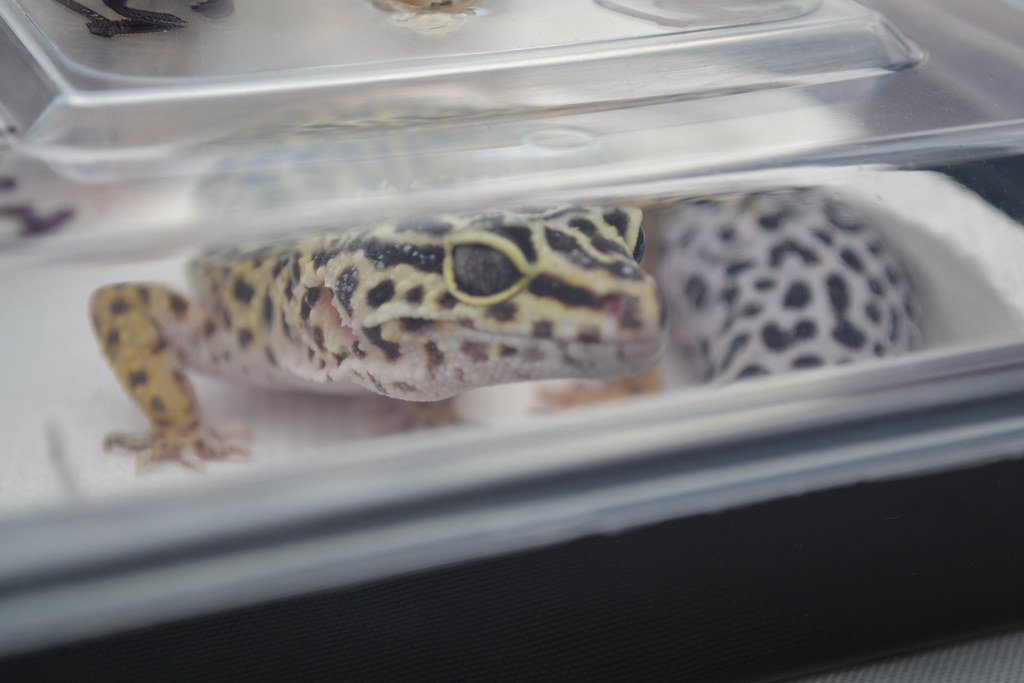
Scientists have discovered that wild animals experience trauma and stress when captured and kept as pets. Birds may scream incessantly, monkeys can develop repetitive behaviors, and big cats often pace their cages endlessly. These are not just quirks—they are signs of deep psychological distress. Unlike domesticated pets, most wild animals never adapt to life away from their natural environment, suffering silently behind closed doors.
Hope for the Future: Shifting Values and New Generations
There is a growing movement, especially among younger people, to value wild animals for what they are: beautiful, vital parts of a living planet. Zoos and sanctuaries are focusing more on education and conservation, rather than display. School programs teach children about the importance of biodiversity and the dangers of the exotic pet trade. As values shift, there is hope that future generations will choose to protect rather than possess.
Vivid as it is heartbreaking, the story of the exotic pet trade is one of both loss and possibility. Every decision we make—what we buy, what we share, what we teach—can either fuel or fight the demand for wild animals as pets. The next time you see a bright-eyed monkey or a rare parrot behind glass, ask yourself: does it belong here, or in the wild where it was born?


